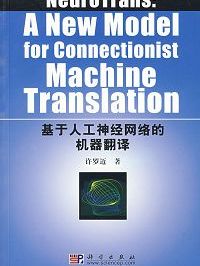Top 10 Ways to Reduce Localization and Translation Costs
Author: Nabil Freij
3. Author for localization
In an effort to simultaneously release a product into many languages, source files are often rushed to localization teams, shortening the edit cycle. While it saves time to start translation early, always make sure that the final source files are thoroughly edited, before they are submitted for localization.
Early optimization for localization and proper editing performed on the source files will reduce rework and result in savings multiplied by the number of languages that you localize into. For more information, refer to the InfoMail Authoring For Localization.
4. Single-Sourcing is finally practical
“Chunking” is a thing of the past. With the advent of new authoring tools, single-sourcing is finally becoming a reality. Anyone that reuses information throughout documents or needs to present it in different formats should consider single-sourcing. By consolidating recurring information and building final files from a common source, regardless of formats, translation-leveraging from translation memories is minimized and costs reduced.
Perhaps you have a product that works on various platforms or for various OEMs (Original Equipment Manufacturers), and multiple user manuals are needed. In these cases, the majority of the content is the same. Rather than writing and maintaining three separate manuals, a low-level single-source solution would allow you to write the content once and “code” it for each adaptation. The same is true if you want to release the same information into many formats such as printed manuals, online help or context-sensitive help.
Many of the current authoring tools offer single sourcing options. Most of these options provide the basic functionality needed to convert docs to help, or vice versa. Check out RoboHelp®, the most used online help authoring tool. Adobe’s FrameMaker®, used in conjunction with WebWorks Publisher®, also provides a low to medium level method of creating online help, manuals or PDFs. At the high-end, ArborText’s Epic® uses database technology to provide a single-sourcing solution. The highly structured content is stored in the database not as a manual or online help file, but as raw data, typically in XML. You create the content freely without worrying about the final output. Then you pick and choose what data and format you need and output it in a semi-automatic way.
5. Consistency, Consistency, Consistency
While single-sourcing deals with consistency at the topic level, efforts should be made to ensure consistency at the string (sentence) level. Improving consistency in your source language documents or applications minimizes the turnaround time and reduces translation costs, especially when translation memory tools are used. Translators only have to translate any unique string once. If you are consistent in the use of common strings, the total strings count to translate is reduced by the number of consistently reused strings (also called repeats).
Consistency is probably the most important concept in instructional writing --such as help text, procedures and demos. To help maintain consistency, create a glossary for your terminology and a style guide to follow, and do follow them.
Here are some ways to strive for consistency:
a. When referring to the same concept or object, use the exact same words.
b. Avoid the use of homonyms, as they can cause confu sion.
c. In headings and bullet points try to keep syntax consistent.
d. Use terminology consistent with industry standards.
e. Proofread for overall consistency, not just for grammar and typos.
